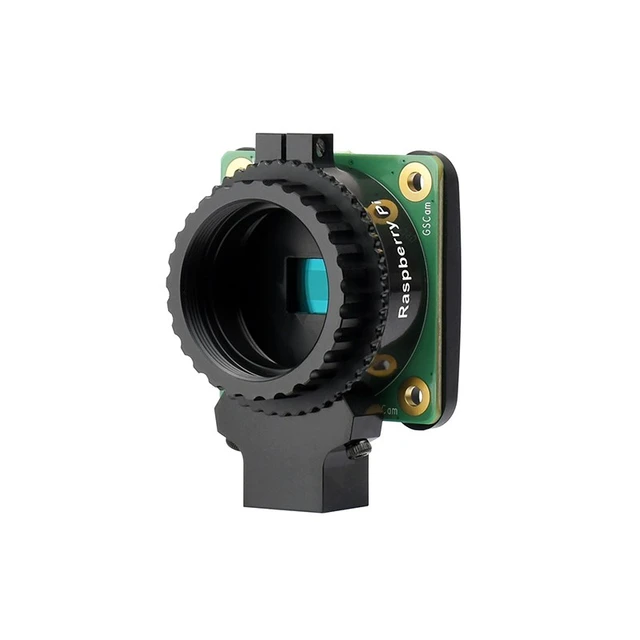 Introduction:
Introduction:
A crop sensor camera is a popular choice among photographers, offering versatility and affordability. Also known as APS-C cameras, these devices feature a smaller image sensor size, resulting in a cropped field of view compared to full-frame cameras. In this comprehensive guide, we will explore the benefits, features, and applications of crop sensor cameras. By understanding their unique characteristics, photographers can make informed decisions when choosing a camera that suits their needs.
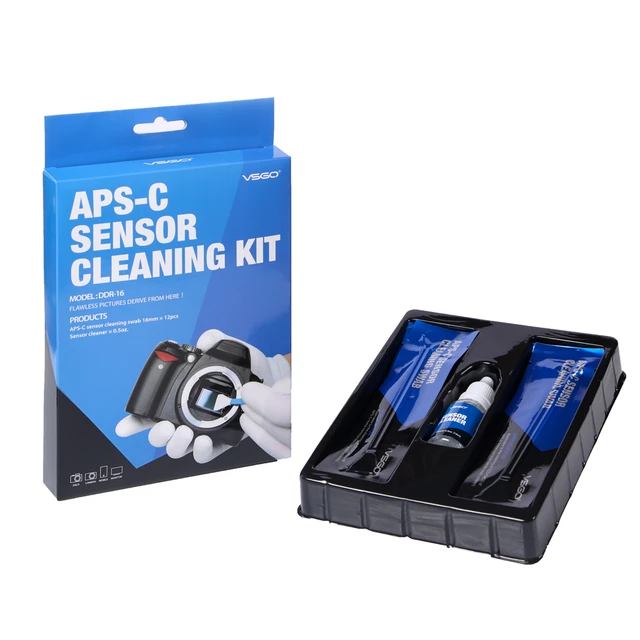 Introduction to Crop Sensor Cameras
Introduction to Crop Sensor Cameras
A crop sensor camera is a type of digital camera that features a smaller image sensor compared to full-frame cameras.
A. Versatility: Crop sensor cameras offer a versatile range of features and capabilities suitable for various types of photography.
B. Affordability: Compared to full-frame cameras, crop sensor models are often more affordable, making them accessible to a wider range of photographers.
Understanding Crop Factor
Crop factor is an important concept to grasp when working with crop sensor cameras.
A. Image Sensor Size: Crop factor refers to the ratio of the crop sensor’s size compared to a full-frame sensor, affecting the field of view and focal length equivalents.
B. Effective Focal Length: Due to the crop factor, lenses on a crop sensor camera appear to have a longer effective focal length compared to full-frame cameras.
Benefits of Crop Sensor Cameras
Crop sensor cameras offer various advantages for photographers.
A. Extended Reach: The effective focal length extension provided by the crop factor allows photographers to capture distant subjects with greater detail.
B. Depth of Field: Crop sensor cameras generally provide an increased depth of field, making it easier to achieve sharp focus across the frame.
C. Cost-Effectiveness: Crop sensor cameras are often more affordable than full-frame cameras, offering similar image quality and performance at a lower price point.
Considerations for Crop Sensor Cameras
When working with a crop sensor camera, certain factors need to be taken into account to maximize its potential.
A. Lens Selection: Choosing lenses designed specifically for crop sensor cameras helps optimize image quality and take advantage of the crop factor.
B. Low-Light Performance: Crop sensor cameras may have slightly lower low-light performance compared to full-frame cameras due to smaller individual pixel sizes.
C. Noise and Image Quality: Higher ISO settings on crop sensor cameras can potentially result in more image noise compared to full-frame cameras.
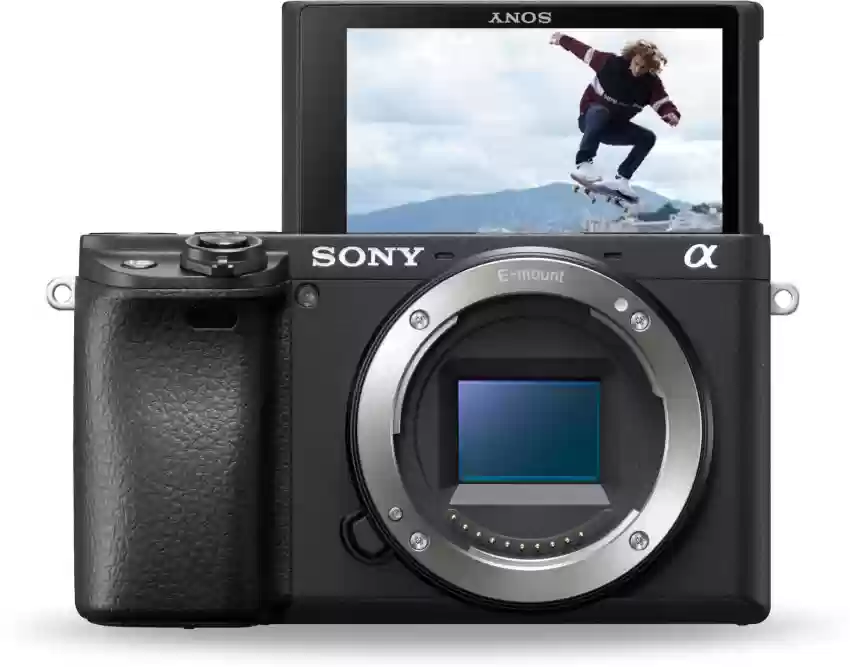 Applications of Crop Sensor Cameras
Applications of Crop Sensor Cameras
Crop sensor cameras are suitable for a wide range of photography genres and scenarios.
A. Wildlife and Sports Photography: The effective focal length extension makes crop sensor cameras ideal for capturing distant subjects with remarkable detail.
B. Street and Documentary Photography: The portability and cost-effectiveness of crop sensor cameras make them well-suited for capturing candid moments and everyday life.
C. Landscape Photography: The increased depth of field and wide-angle lenses available for crop sensor cameras is advantageous for capturing expansive landscapes.
Comparing Crop Sensor to Full-Frame Cameras
Crop sensor cameras have distinct differences when compared to full-frame cameras.
A. Field of View: Crop sensor cameras have a narrower field of view compared to full-frame cameras due to the crop factor.
B. Depth of Field: Generally, full-frame cameras produce a shallower depth of field compared to crop sensor cameras.
C. Low-Light Performance: Full-frame cameras often offer better low-light performance and reduced image noise compared to crop sensor cameras.
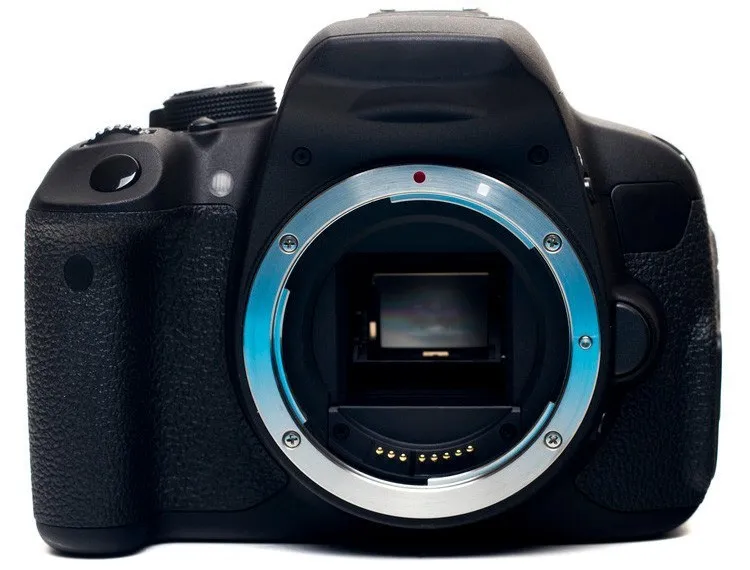 Some benefits of using sensor cameras:
Some benefits of using sensor cameras:
Sensor cameras offer several advantages over traditional cameras. Here are some benefits of using sensor cameras:
High Image Quality:
Sensor cameras typically have larger sensors compared to traditional compact or smartphone cameras. These larger sensors capture more light, resulting in higher image quality, improved dynamic range, and reduced noise in photos. This enables sensor cameras to produce clearer, more detailed, and vibrant images.
Enhanced Low-Light Performance:
With their larger sensors and improved sensitivity to light, sensor cameras perform exceptionally well in low-light conditions. They can capture well-exposed and noise-free images even in challenging lighting situations, such as during nighttime or indoor photography without the need for additional lighting equipment.
Greater Control over Depth of Field:
Sensor cameras allow users to have greater control over the depth of field in their photographs. The larger sensors enable the use of wider aperture settings, resulting in shallower depth of field and attractive background blur (bokeh) effects. This feature is particularly beneficial for portrait, macro, and artistic photography.
Interchangeable Lens System:
Many sensor cameras have an interchangeable lens system, allowing photographers to choose among a wide range of lenses to suit different shooting requirements. This versatility enables photographers to capture a variety of subjects, from landscapes and portraits to wildlife and sports, with optimal focal lengths and compositions.
Advanced Manual Controls:
Sensor cameras often provide extensive manual controls, allowing photographers to fine-tune settings such as aperture, shutter speed, ISO, and white balance. These manual controls provide more creative freedom and flexibility to achieve the desired photographic results.
RAW Image Capture:
Most sensor cameras support RAW image capture, which preserves maximum image data and offers greater post-processing flexibility. RAW files contain uncompressed and unprocessed data, providing photographers with more control over adjusting white balance, exposure, and other parameters during the editing process.
Higher Burst and Continuous Shooting Rates:
Many sensor cameras offer fast burst shooting rates, allowing photographers to capture a rapid sequence of images. This feature is particularly useful for action photography or capturing fast-paced events, ensuring no moment is missed.
Additional Features:
Sensor cameras often come equipped with various additional features such as advanced autofocus systems, image stabilization mechanisms, built-in Wi-Fi, and touchscreen displays. These features enhance convenience, ease of use, and enable easy sharing and transferring of images.
Sensor cameras provide professional-grade capabilities and features that cater to the needs and aspirations of serious photographers. They deliver superior image quality, control, and flexibility, ensuring photographers capture their vision with precision and artistic expression.
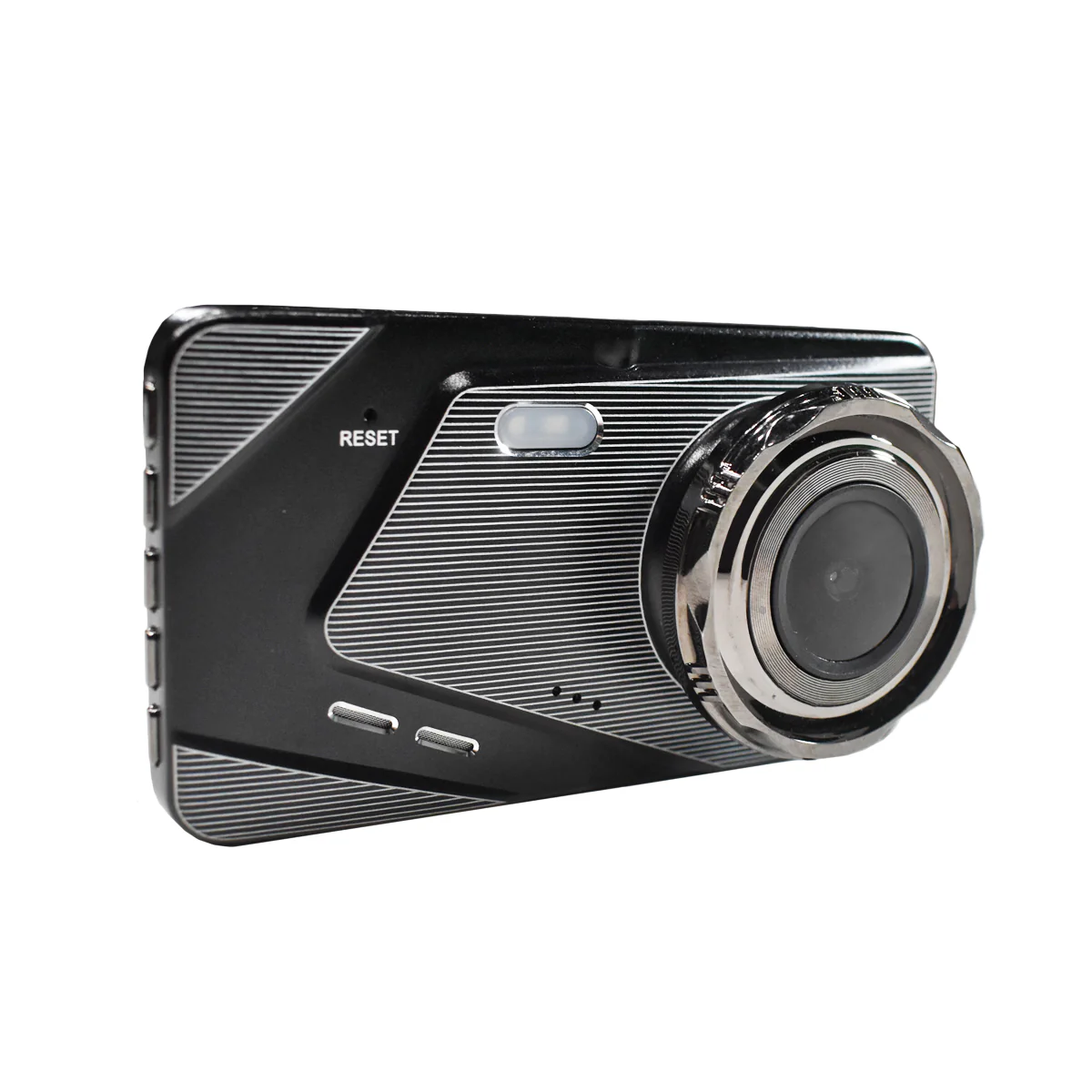 Conclusion
Conclusion
Crop sensor cameras offer versatility, affordability, and unique advantages for photographers. Understanding the concept of crop factor and its impact on effective focal length and field of view is essential. By considering the lens selection, low-light performance, and noise characteristics of crop sensor cameras, photographers can make informed decisions when choosing a camera suitable for their needs and preferences. With the right lens selection and technique, a crop sensor camera can deliver stunning results across a wide range of photography genres. Embracing the benefits of a crop sensor camera opens up possibilities and empowers photographers to capture exceptional images.
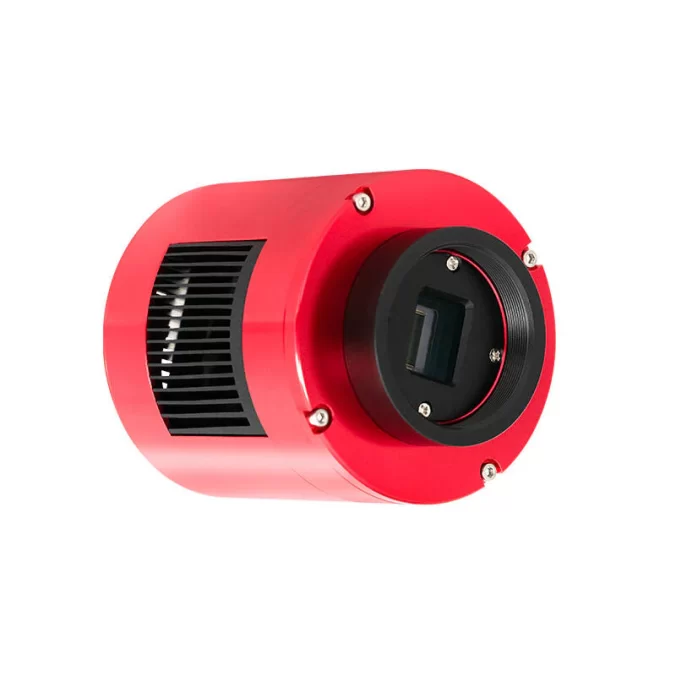
Leave a Reply